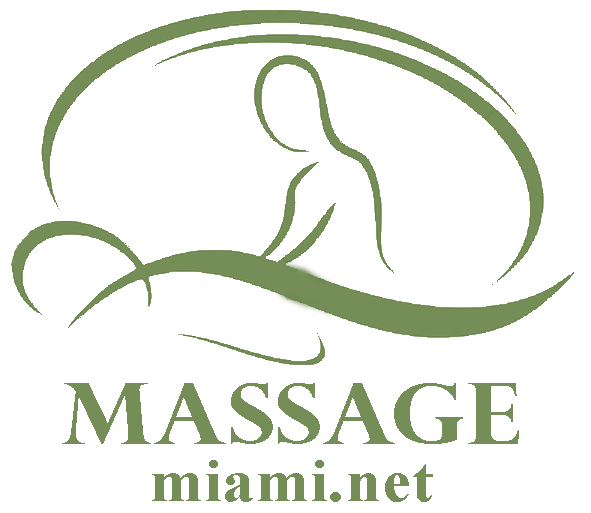What is
Thai massage
Thai massage is a technique of point impact on the body, which is based on the postulates of Eastern traditional medicine. With the help of skillful hands of a masseur, you can achieve significant relaxation, improvement of well-being and a surge of strength. Thai massage is ambiguous. It implies the restoration of human strength, strengthening of the muscles of the spine and the resumption of internal energy flows. But behind the beautiful name lies the painstaking work of the masseur and the client himself, who applied for a sought-after service.
Basic principles of Thai methodology:
Despite the name, Thai massage does not belong only to Thais. Thailand is an ancient state that has experienced territorial changes in its time, so massage has easily absorbed traditional techniques from all over China and India. It developed in parallel with the study of human physiology.
Its founder is called Kumar Bhashi, who treated Indian rulers long before the beginning of our era. He used massage together with traditional methods of healing, which gave excellent results. It would be possible to share information with students of future generations, but writing developed only by the end of the XIII century.
And 4 centuries later, the Burmese destroyed the entire library with a description of Thai massage techniques. It was necessary to restore knowledge bit by bit, already in the 1830s the first Thai university was founded, on the walls and slabs of which images of vital lines and points on the human body are still preserved. By the way, stone statues in yoga poses also remained there. They are still used today for the treatment of physical ailments, including in the practice of everyone's favorite massage. The theory of Thai technology was re-established by 1906. Today it is as popular as it was under the founder of massage.
In order to adjust the client to the desired mood, the masseur thinks in advance of the place for the future session. A cozy relaxing atmosphere will be created by unobtrusive colors of the walls of the office, calm music, soothing aromas. The sounds of a noisy river, the singing of forest birds will be enough. Nothing should distract. The features of the Thai method of influencing the body are to stimulate the Pranila Sen Sip. These are vital energies responsible for the mind and biological processes in the body. Simply put, the masseur stimulates the nerve endings, leads the muscles to relax.
In Thai massage, the masseur is not limited only to the ability of his hands. He works with his whole body, sometimes using his limbs as levers.
Standard techniques:
Unlike classical or sports techniques, you can apply this practice on a specific area of the body. This is the treatment of pain in the upper or lower back, neck and shoulders, even just a headache. Some elements resemble yoga poses: "Cobra" on the knees, stretching the shoulders "Butterfly" and others.
